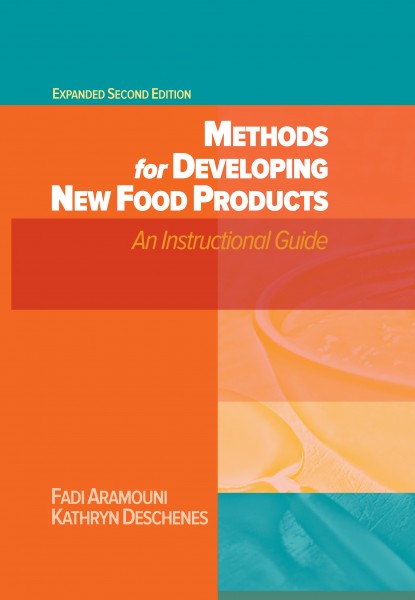Tech Update: X-ray & Optical Inspection
New types of foreign material and product flaws detected
X-ray, camera and laser sorting technologies are coming of age in new configurations and applications that improve productivity and reduce false rejects while detecting harder-to-find flaws.

Eagle Product Inspection extended its X-ray product line to include two new dual energy approaches: DEXA for fat/lean meat analysis and MDX for general food processing. Source: Eagle Product Inspection.

The newest approaches in vision technology focus on invisible defects using IR wavelengths. This hyperspectral unit spots sugar ends in potatoes. Source: Key Technology.

Ishida is one of several companies launching simpler, lower-cost X-ray models for the inspection of small to medium-sized product. Source: Heat and Control.

Separate Loma X4 X-ray units and product paths for good product, rejects and reworked product comprise three customized inspection lines installed late last year for a large producer of chicken nuggets. Source: Loma Systems.

Eriez’s two most recent developments include the new E-Z Tec XR-SS side shoot single beam X-ray system for inspection of non-glass containers and its new PolyMag additive masterbatch designed to make plastic metal- or X-ray-detectable. Source: Eriez.







Robert Rogers, Senior Advisor Food Safety & Regulations, Mettler-Toledo Safeline
Laura Studwell, North American Market Manager, Loma Systems
Looking for a reprint of this article?
From high-res PDFs to custom plaques, order your copy today!












